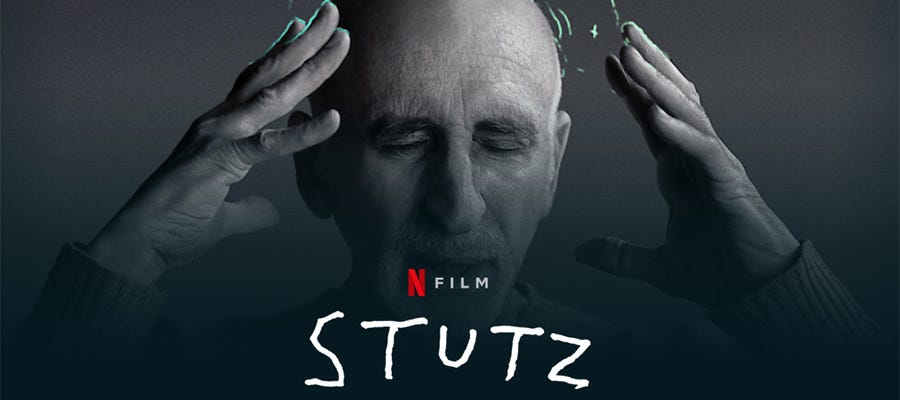Online therapy is becoming more and more trendy with companies like Betterhelp on the rise and concepts like chatbots being used in therapeutic contexts.
If you’re like me you might question the intentions and distribution of online therapy as it may have negative effects and drain a lot of people’s bank accounts.

We all know how many people struggle with their mental health and of course there may some benefits to making psychological help available online. It’s only natural that this concept was born especially after the Covid lockdowns (even the term alone makes me shudder, don’t worry I won’t talk anymore about it).
It’s only natural yet it might change the way in which we receive support. Yes, it could be a good thing but my gut tells me differently.
Firstly, every business is built in a way to drive a profit. Therefore, companies like Betterhelp will only be targeting people who are suited to online therapy. I could be wrong but I guess the algorithms target younger people who are likely to be struggling with some form of mental distress. Additionally, it is a cheaper option than traditional therapy so it’s more accessible to younger audiences.

What scares me more is this idea of losing in-person contact in therapeutic settings. I had an advert come up for one of these companies recently, with an ambassador telling me that they struggle with social anxiety and so online therapy helped them to seek support (Do you see the contradiction, never mind it’s pretty obvious).
I’m not going to explain what social anxiety is but it’s evident that avoidance behaviours will only worsen the less we interact with others. Again this makes me question the intentions of these companies.
Phil stutz a psychiatrist in a recent Netflix documentary highlights how crucial human interaction is for healthy psychological functioning. He simply teaches his clients to go out and interact with people even if they don’t particularly want to, I think we could all benefit from this idea. Sometimes it’s easy to hibernate these days with technology as a form of comfort.
Finally, I want to point you towards one therapeutic process which will almost definitely missed by the digital takeover.
‘Transference’
The process of transference is at the core of traditional psychotherapy, it takes place when the therapist becomes someone important to the client. The client begins to treat them like someone they really care about. Then the therapist can acknowledge this and help them to undo damage which has been done or make them think differently towards that person.
Anyway, this description barely skims the surface of how it works. But I can’t see this working over screens especially if one disconnects during a time of heightened emotions. Similarly, there is no body-language to be read.
It’s important not to lose the original concepts which built the idea of psychotherapy in the first place. If these companies make leaps and bounds towards a new age of therapy without the consideration of real therapeutic practice, there could potentially be negative effects in the near future.
I worked a retail job alongside my psychology studies and was stumped by how many young teenagers couldn’t make eye contact with me while I served them at the cash register. Often they would look at their phone while talking to me or keep their headphones in so they could barely hear me. Asides from this coming across as completely rude, it made me realise how at risk young people are, as losing real human connection is a scary thought.
It becomes an endless cycle of feeling down leading to less socialising which leads to feeling lower than before and so on.
I’m not dismissing that solitude can be sacred and some people may be more suited to a lot less human interaction than others. I just want to draw attention to the risks involved with the promotion of more digital contact between people.



